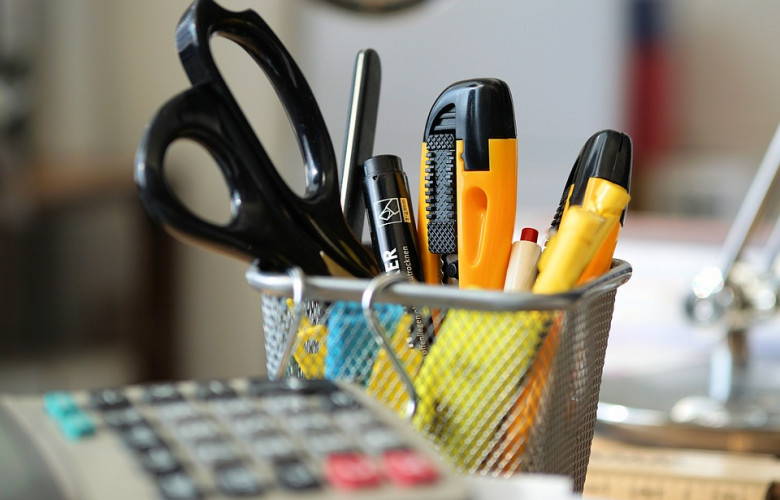How to prepare for higher interest rates
Contact
How to prepare for higher interest rates
With the Reserve Bank signalling the cash rate is headed higher, borrowers are advised to prepare for higher rates by calculating how they will be affected, paying off debt now while rates are low, and considering fixing, says Patrick Nolan of ME Bank.
Australians should prepare for higher interest rates, with the minutes from the Reserve Bank's latest board meeting stating the neutral real interest rate should be 3.5 percent, compared with the current cash rate of 1.5 per cent.
Malcolm Turnbull himself this morning told Neil Mitchell of radio 3AW that interest rates are more likely to head higher than lower.
The ‘neutral real interest rate’ is the interest rate that should be in place in normal economic conditions, in other words, when growth is at potential and inflation is stable.
Patrick Nolan, head of home loans with MR Bank, told SCHWARTZWILLIAMS the next rise could come as early as the second quarter of 2018.
Nolan said higher rates could mean property prices decline. "Consumers may be more unwilling to take out the mortgages they need in order to enter the property market," he daid. "With fewer people looking to buy, the value of real estate stagnates or declines."
“Interest rates are a major factor in property cycles, and for that reason it’s important for potential home buyers to keep an eye on where interest rates are and where they may be heading.
A rate of 3.5 per cent would take the average mortgage rate from 5.3 per cent to well over 7 per cent, says ME Bank. An increase of that magnitude would add $520 per month to an average $400,000 loan.
Nolan said the official cash rate has been at historic lows of 1.5% since January 2017, but warned, "things can easily go up as they can go down”.
Nolan recommends borrowers take five steps to ensure they are prepared for higher interest rates.
Be aware that repayments can go up and down
“Ask yourself how any rate rises would impact your money goals such as renovations and holidays as well as other lifestyle choices. Online calculators can help you crunch the numbers," said Nolan.
Check your home loan is competitive
“If your home loan isn’t charging a competitive rate now, not only are you wasting money, you’ll be left even more out of pocket if rates climb higher. Sites such as Scroogify.com.au make it easy to see how your home loan stacks up.
Consider fixing
“If a modest rate hike would crimp your lifestyle, it’s worth thinking about locking in a fixed rate loan," says Nolan.
Look for a fixed-rate loan that allows extra repayments so you can whittle down the balance sooner, said Nolan.
Paying for a ‘rate lock’, which allows borrowers to guarantee a competitive rate during the application or settlement period, is also worth considering, he said.
“Borrowers with fixed loans also need to be aware and budget for possible rate increases at the end of their fixed loan period," said Nolan.
Ramp up extra repayments now
“The best defence against higher rates is having a smaller loan balance," said Nolan.
"Making extra repayments or paying a lump sum now, while rates are still at record lows, helps to pay off the loan sooner and minimise the impact of possible future rate rises."
If you are worried you might need the money down the track, loans with offset or redraw facilities can provide access to that extra money in future.
Scale back other debt
Not only home loans will be affected if the cash rate rises.
"Expect to pay more on personal loans and credit cards," said Nolan.
"If you have an outstanding credit card balance, try chiselling away at the debt today," he advised. Shop around for the best deal, he said.
Read more about interest rates in Australia:
Aussies expect mortgage rates will keep rising
Borrowers well placed to withstand modest rises in interest rates





